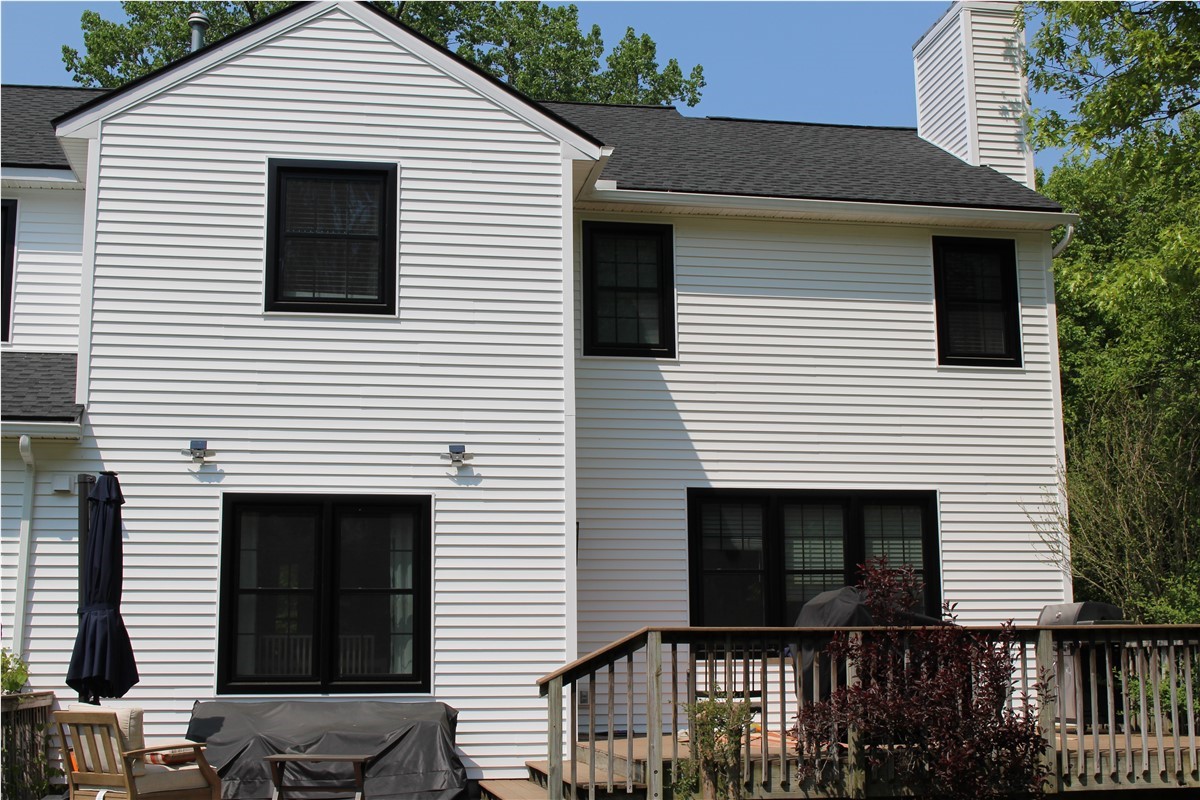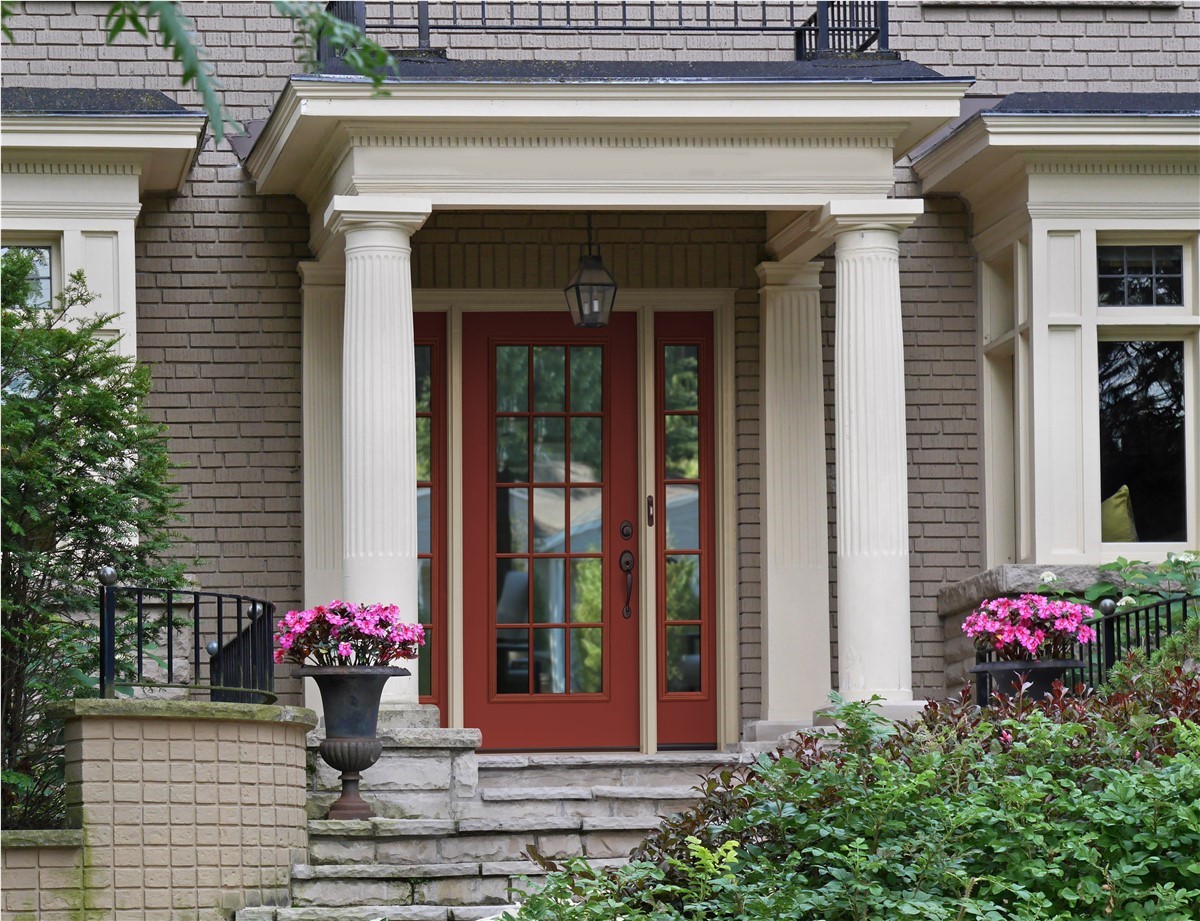
Home Renovations 101: What to Do Yourself and What to Leave to the Pros
If you’re looking into remodeling all or part of your home, congratulations! Though you’ll want to dedicate a bit of time and research into your options, being in charge of your renovations can be an empowering and fun process. Provided you employ foresight when it comes to which jobs to tackle yourself, DIY-style, and which to leave to a professional contractor.
Tasks Best Left for a Professional Contractor
It’s a good rule of thumb that if you have any major work to do on electrical lines, gas pipes, plumbing, or asbestos removal, those types of upgrades are best left to a professional contractor. Certainly, if all that’s needed is the replacement of one or two outlets, that’s one thing, but if the entire kitchen must be rewired, that’s a job best left to an electrician. Moreover, if any permits are required by local building codes, you may have no choice but to hire a professional.
DIY is in the Details
There’s no need to think of this as an all-or-nothing process. One aspect that you definitely can — and should — have full control over is the selection of materials that you choose for your renovation. You may be able to save money on repurposed or salvaged materials like tiles, cabinetry, bathroom and kitchen fixtures, and doors. Any cosmetic repairs or finishing touches are also certainly something you should feel free to take on yourself.
Time & Money
Emily Birken recommends also considering the cost of your investment in materials, if applicable. Work that involves expensive tiling or carpet, you may be better off allowing someone else to do the job. This way you'll avoid the risk of needlessly wasting good materials, at a high price. Additionally, if the job that needs to be performed requires expensive or complex tools, consider leaving it to a professional.
Consider whether you have the patience, time, and ability to take on a major renovation project yourself. Sometimes paying a little extra money for the convenience of getting the job done in a shorter amount of time is worth it. You may begin work on a project, only to realize that you don’t have the time or energy to complete it on your own. If so, that’s okay! Better to stop while you’re ahead before you make an irreversible error, measurement, or miscalculation.
Make a List & Check It Twice
If you do decide to hire a professional contractor, Comfort Windows has a handy little guide with a checklist of elements to consider, while doing so. The first thing you’ll want to do is to get all the details down in writing, covering all aspects of the project, so that all parties understand the terms and are in full agreement of the course of action needed to move forward. Next, you’ll want to compare details between bidders. Keep in mind, however, that the lowest bidding contractor isn’t necessarily the best. The least expensive party may not have the same experience or credentials of other companies. Lastly, make sure to call references, conduct background checks, and obtain a satisfaction guarantee.
Kitchens & Bathrooms
If you’re trying to decide on what parts of the house to focus on, consider the kitchen or the bathroom. Investopedia cites an article by HGTV that found kitchens and bathrooms to be both the most expensive and the most frequently utilized rooms in the house, so by renovating these particular areas, you’re sure to get a 100 percent return on your investment.
To cut costs on a remodel of your bathroom check out this handy guide to remodeling bathrooms on a budget. The first tip suggests using tiles sparingly since they can be more expensive than you might think. Consider supplementing tile with unique paint patterns or textures, which can be achieved for a fraction of the cost of tiles. Another place to cut costs is on the finish you choose for your faucets and knobs: chrome or brushed nickel, for example, are more affordable than bronze and brass. Lastly, rather than changing the location of the toilet or bath, consider merely replacing fixtures, allowing you to utilize the existing connections and plumbing. Take a look at this pricing guide in order to understand the range of cost for each part of the bathroom you plan to upgrade.
Subscribe to the Comfort Windows & Doors Blog








Comments